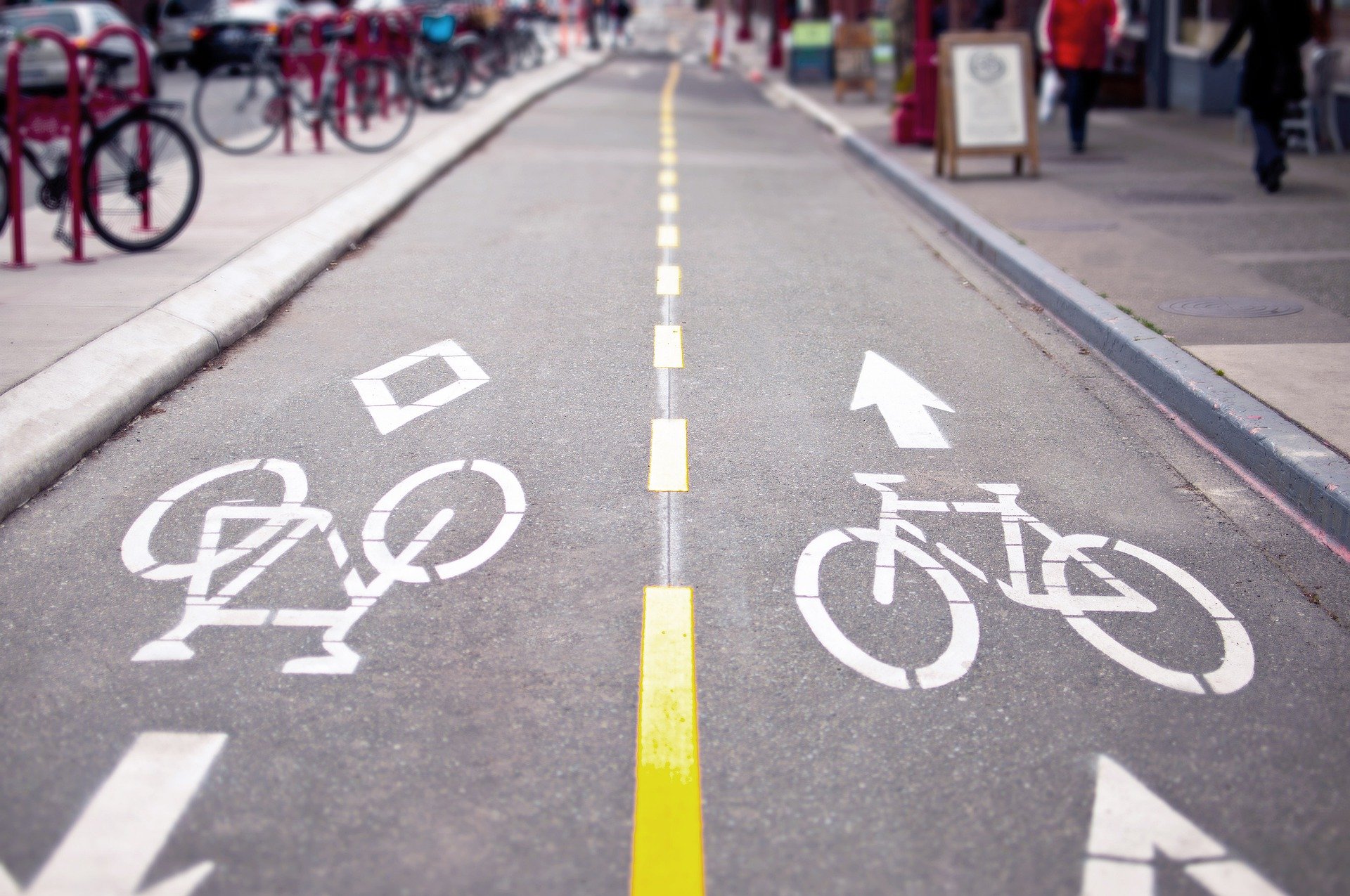
Bicycles are gaining importance in traffic planning and many municipalities are developing concepts to improve their bicycle friendliness. A part of this are routes that make cyclists feel safe. Researchers of Karlsruhe Institute of Technology (KIT) are analyzing when and where cyclists experience stress in city traffic. Their findings are incorporated in the ESSEM project that is aimed at increasing safety and comfort of cyclists in the city, writes KIT in this press release.
Whether by pure muscle power or with electric support: According to the Federal Ministry for Digital and Transport (BMDV), 80 percent of Germans use a bicycle in their daily life and leisure time, and 55 percent consider a bicycle indispensable. “How comfortable or uncomfortable they are depends on a number of factors that include the pavement, the proximity of passing cars, the clarity of intersection layouts, and the time spent waiting at traffic lights,” states Dr. Peter Zeile, Head of the Urban Emotions research initiative of the Chair for City District Planning at KIT’s Institute for Urban and Landscape Design.
Recommendations for data-based cycling traffic planning
Urban Emotions’ experts on city planning, architecture, and sociology are involved in the research consortium Emotion Sensing for (Electric) Cycling Safety and Mobility Comfort (ESSEM), which combines personal and environmental data to look for factors and influences that could allow them to evaluate cycling infrastructure. The consortium project that started in January 2022 for a period of three years includes partners from science, industry, and municipalities. One of its goals is to develop recommendations for data-based cycling traffic planning. This includes the development of a simple practical tool to evaluate cycling infrastructure with the support of emotion sensing data, which are collected by using technical sensors to measure emotion perception.
Sensors measuring stress caused in traffic
As a part of ESSEM, KIT researchers will study the main cycling traffic routes in the participating cities of Osnabrück and Ludwigsburg. In addition, they will collect data sets from 350 test persons while cycling through these model cities, with wearable sensors measuring their skin conductance and body temperature as indicators of stress. Combined with geodata and video material from action cameras, the measurements will indicate stress-inducing traffic situations. “It will be especially intriguing to see if we are able to identify places that are not statistically known as accident-prone but are perceived as precarious by the cyclists,” Zeile says. The researchers of Urban Emotions will further improve the underlying measurement algorithms that were already used in several international measurement campaigns. According to Zeile, “ESSEM is more than a combination of individual projects. I am convinced that by collaborating we will succeed in more precisely identifying the factors influencing cycling safety and mobility comfort.”
The BMDV is funding ESSEM with around EUR 1.65 million, from which Urban Emotions receives EUR 329,000. The project is coordinated by the Institute of Human Factors and Technology Management (IAT) of the University of Stuttgart that is cooperating with the Fraunhofer Institute for Industrial Engineering (IAO). Besides the KIT, project partners are the Paris Lodron University of Salzburg, Porsche Digital GmbH and User Interface Design GmbH in Ludwigsburg, Bike Citizens Mobile Solutions GmbH in Berlin, the General German Bicycle Club, as well the city of Ludwigsburg as an associated partner.
Also interesting: Smart bike path helps to organize future accessibility of cities
Selected for you!
Innovation Origins is the European platform for innovation news. In addition to the many reports from our own editors in 15 European countries, we select the most important press releases from reliable sources. This way you can stay up to date on what is happening in the world of innovation. Are you or do you know an organization that should not be missing from our list of selected sources? Then report to our editorial team.
